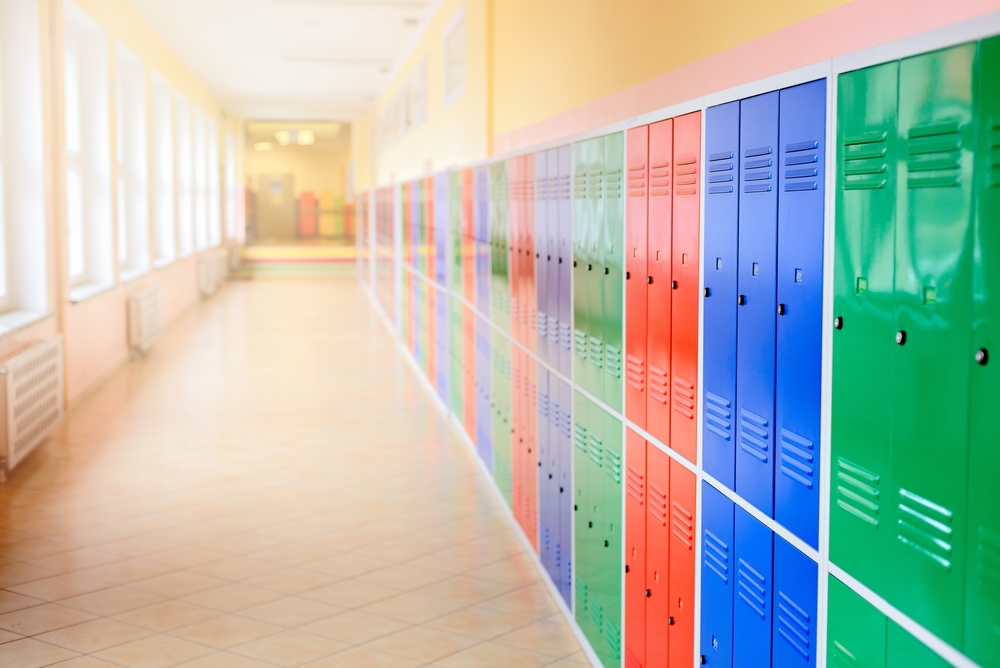There is growing concern young Australians are taking up e-cigarettes, with experts saying school students are motivated to vape by seeing their peers use the devices in “school bathrooms or playgrounds”.
Vaping has tripled among young Australians, startling new figures reveal, with one in five people aged 14 years and over (19.8%) reporting having used an e-cigarette at least once in their life.
Current use of e-cigarettes has also increased, from 2.5% in 2019 to 7% in 2022–23, according to the Australian Institute of Health and Welfare (AIHW).
“Vaping was most common among people aged 18–24, with current use increasing substantially between 2019 (5.3%) and 2022–2023 (21%),” AIHW spokesperson Dr Gabrielle Phillips said.
“Half of people aged 18–24 (49%) reported having tried an e-cigarette in their lifetime.”
Despite e-cigarettes being provisionally recommended for smoking cessation purposes, it appears they are being used recreationally, experts have told InSight+.
“It is concerning to see such a significant increase in e-cigarette use among young Australians, especially those who have never smoked,” said Associate Professor Michelle Jongenelis, the Deputy Director of the Melbourne Centre for Behaviour Change at the University of Melbourne.
“These figures suggest that e-cigarettes are being used recreationally and not for smoking cessation purposes.”

Tobacco smoking falls
Antitobacco campaigners have welcomed the drop in the number of Australians aged 14 years and over who smoke every day, with the number falling by two-thirds over the past 32 years from 24% in 1991 to 8.3% in 2022–23.
Older Australians were more likely to smoke tobacco than younger Australians, who were most likely to use e-cigarettes than any other age group, according to the AIHW.
“Observed reductions in smoking are testament to Australia’s ongoing commitment to a range of tobacco cessation assistance programs,” said Professor Simone Pettigrew, Director of Health Promotion and Behaviour Change at the George Institute for Global Health.
“By comparison, substantial increases in vaping rates, especially among young people, are the result of an insidious industry finding innovative methods of keeping youth addicted to nicotine to assure long term sales.”
It was no coincidence that one of the age groups with the highest rates of increase in e-cigarette use was teenagers, she said.
“Smoking rates have drastically reduced for this group in recent decades, making them an important target market for alternative nicotine products designed to re-engage them with the industry.
“A compelling body of evidence shows the critical importance of flavours and convenient disposable product designs in attracting and maintaining youth e-cigarette users.”
Vaping in schools
Advocates continue to raise concerns about widespread vaping in schools, with e-cigarettes being spotted in some primary schools.
“Recent studies [here and here] show that vaping is now widespread in Australian secondary schools and is also becoming increasingly common in primary schools,” Professor Pettigrew recently wrote in InSight+.
“This is highly problematic for the health and wellbeing of young users due to the addictive nature of nicotine, the adverse effects of nicotine use on the developing brain, and the existence of a demonstrated pathway from vaping to cigarette smoking.”
Teachers report agitated and disruptive behaviour from students who vape before school and during breaks, according to Professor Pettigrew.
“A primary motivation for young people to take up vaping is seeing their peers use e-cigarettes,” she wrote.
“An Australian study that I co-authored showed that the most common areas on school premises where students observe their peers vaping are bathrooms and/or locker rooms (63%) and outside buildings, such as car parks and sports fields (53%).
“Alarmingly, 26% reported seeing vaping occurring in classrooms. Schools are thus inadvertently becoming a major source of peer exposure to e-cigarettes, which, in turn, is fuelling the prevalence of youth vaping.”
Principals and teachers are “grappling” with e-cigarettes in schools, Associate Professor Jongenelis said.
“Reports suggest students are congregating in bathrooms,” she said.
“Schools should be a place of learning. Certainly, nobody would accept having children go to the bathroom to drink alcohol or smoke a cigarette; yet, many pro-vapers believe this is okay and have even argued that schools should have ‘vape zone’ for kids who want to vape.”
Young people urged to “ditch their toxic mate”
The Australian Government announced on Wednesday 28 February it was partnering with media platforms, such as Spotify and school leaving resource Year13, as well as social media influencers, to challenge the social acceptance of vaping among young people.
“Social media is awash with pro-vaping content: misinformation cynically promoted and stoked by the vaping and tobacco industry,” Minister Butler said.
A dedicated website will be set up to provide reliable information about vaping, containing resources and links to support services to help young people trying to reduce or quit vaping.
Recent vaping crackdown
The Australian Government said it was tackling a “decade of inaction” on nicotine addiction when it announced it would “stamp out” vaping in May 2023.
The $737 million budget measure included:
- stopping the import of non-prescription vapes;
- increasing the minimum quality standards for vapes including by restricting flavours, colours, and other ingredients;
- requiring pharmaceutical-like packaging;
- reducing the allowed nicotine concentrations and volumes; and
- banning all single use, disposable vapes.
The reforms have been described as “comprehensive” by advocates.
“The Government’s new laws banning flavours and disposable devices are a critically important component of Australia’s comprehensive approach to the vaping epidemic,” Professor Pettigrew said.
“Scaled-up monitoring and enforcement [are] needed to ensure the new regulations achieve their potential.”
Associate Professor Jongenelis said the Government needed to pass the necessary legislation.
“It is critical that the legislation be passed urgently, especially to prohibit the sale of nicotine and non-nicotine e-cigarette products outside the pharmaceutical scheme; that is, by untrustworthy retail groups,” Associate Professor Jongenelis said.
“It will take some time to see a reduction in prevalence rates, and industry actors will argue that this means the laws aren’t working. We need to be patient and give these laws time to work.”
The legislation is expected to be introduced to Parliament “in the coming weeks”, Minister Butler’s statement said.
Subscribe to the free InSight+ weekly newsletter here. It is available to all readers, not just registered medical practitioners.

 more_vert
more_vert